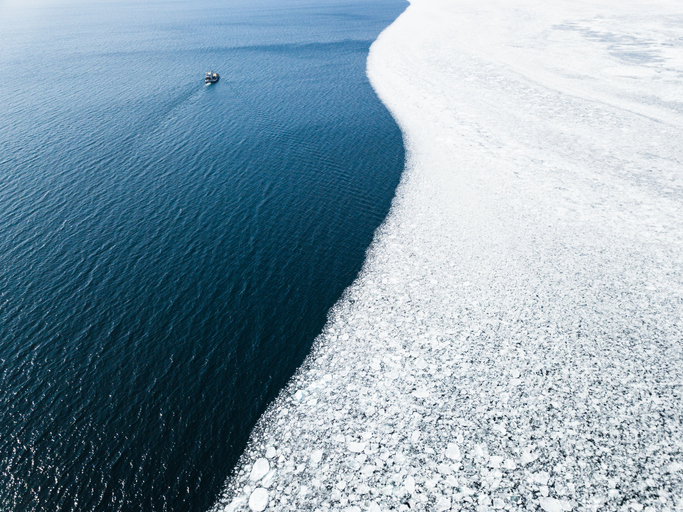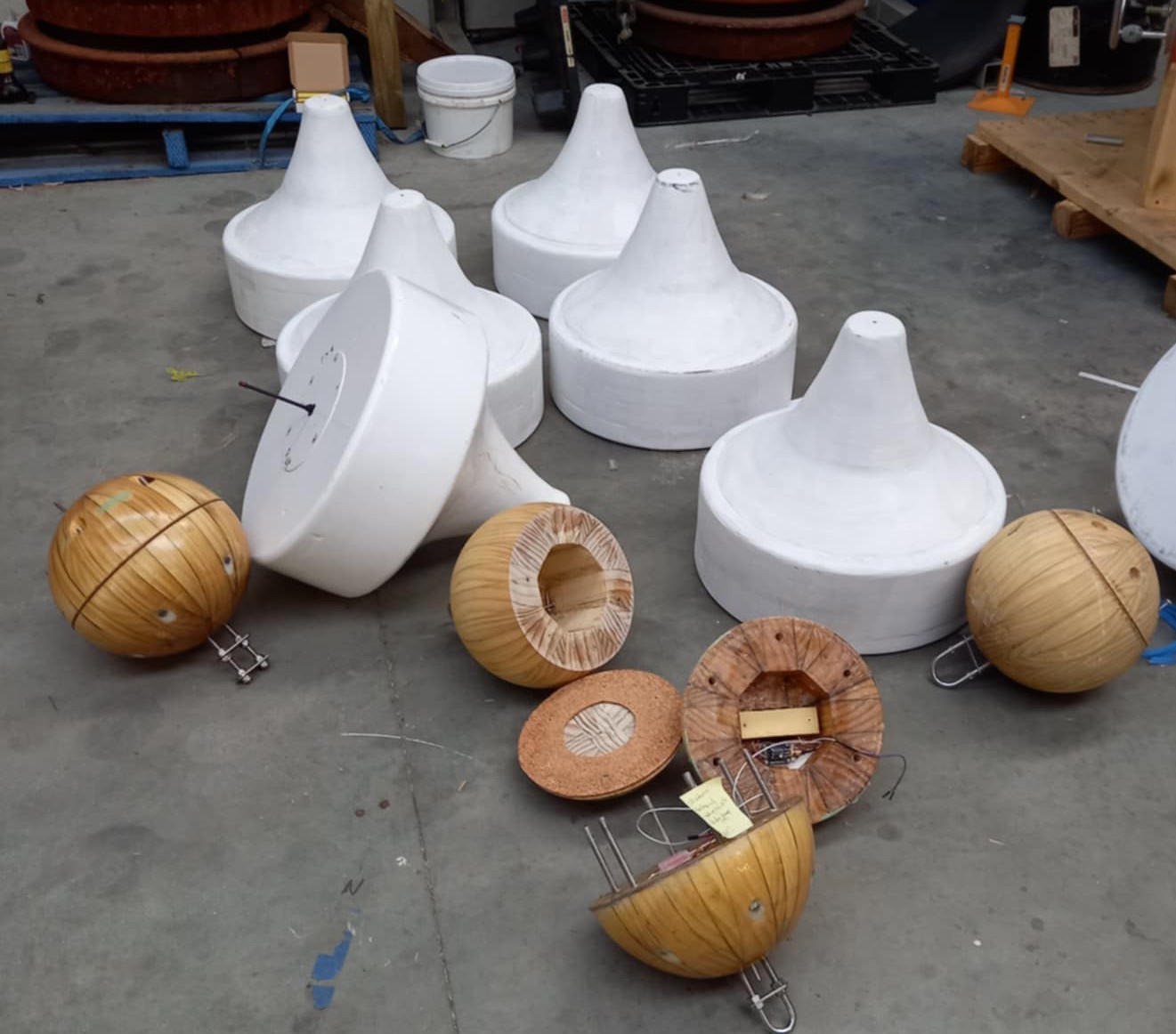← Back
Rethinking Ice Research with Wooden Buoys

In partnership with the renowned Wooden Boat Centre in Tasmania, CLS, via our subsidiary CLS Oceania, is pioneering a new generation of oceanographic drifting buoys made from wood.
Why wood? It’s durable, biodegradable, and an important step toward sustainable scientific research.
Earlier this year, we deployed the first set of wooden buoys in the open waters of the Southern Ocean. Now, we’re extending that innovation to ice monitoring with the development of wooden ice buoys, designed specifically for research in the extreme conditions of the Antarctic. These new “pancake-shaped” buoys are engineered to withstand the crushing forces of ice while collecting vital environmental data.
Why Ice Research Matters
The polar regions are Earth’s early warning system for climate change. Tracking how sea ice moves and melts, as well as how temperatures fluctuate at the ocean’s surface, is essential to understanding global climate dynamics.
Using Argos Services, powered by CLS, these buoys will transmit near real-time data on sea surface temperature, ice drift, and melt dynamics.

Wooden Buoys, Designed for Ice Research, Built for the Planet
The new buoys are shaped like flattened discs above a carefully designed concave, designed to move the buoy upward, away from the crushing forces of the ice forming around it.
In the coming weeks, the first batch of wooden ice buoys will be deployed within the Antarctic ice floe. They’ll brave some of the planet’s harshest conditions to deliver critical insights to the scientific community, helping refine climate models.
“We’re proud to be part of a growing movement toward more sustainable scientific research.”
says Oliver Palin, CLS expert and project lead.

Stay Tuned
This is just the beginning. With each deployment, we’re proving that ocean science can evolve to meet the climate challenge, with solutions that are as innovative as they are environmentally sound.
Stay tuned for updates from Antarctica as we track the performance of our wooden ice buoys and the valuable data they send back.




